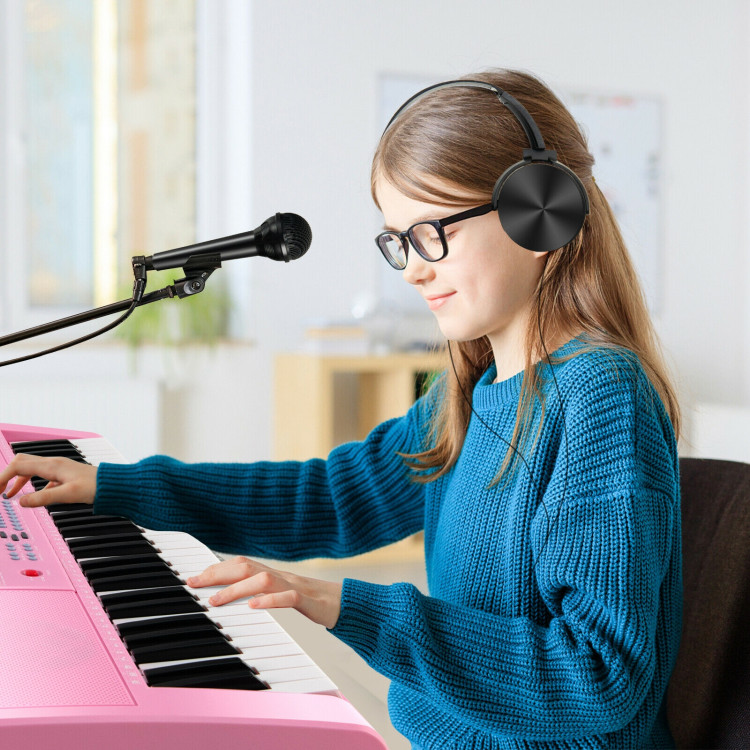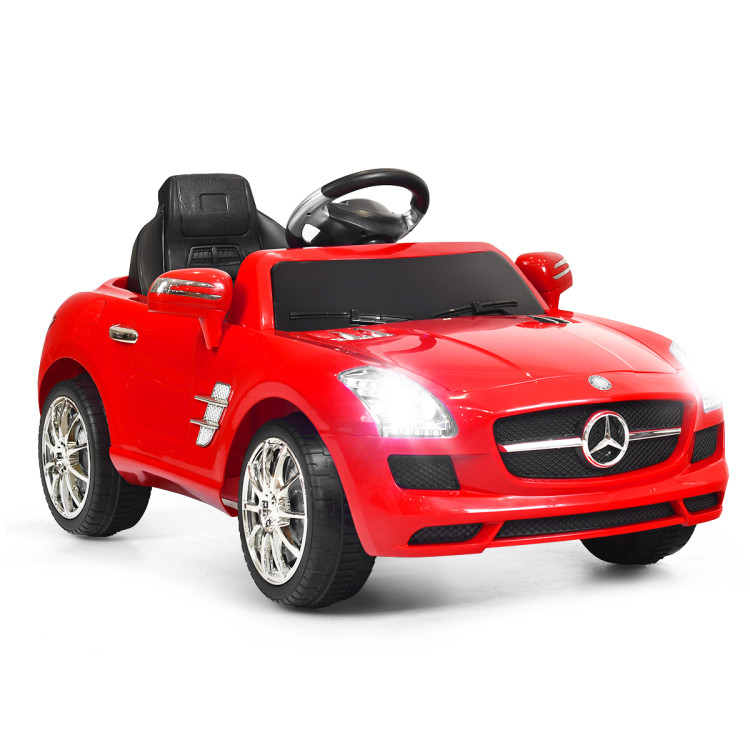Musical toys are toys designed to produce sound or music when played with or activated. These toys are typically designed for children and are meant to be both entertaining and educational. Musical toys helps the kids to create and explore ideas. It creates more pathways in their brains.

Musical toys play a significant role in the development and well-being of children, offering a range of benefits that contribute to their physical, cognitive, emotional, and social growth. Here are some of the key reasons why musical toys are important:
· Cognitive Development: Musical toys can stimulate a child's brain in various ways. They help improve memory, attention, and problem-solving skills. Children can learn about patterns, sequencing, and cause-and-effect relationships through music.
· Language Skills: Exposure to music, whether through singing or playing musical toys, can help children develop their language skills. It can enhance their vocabulary and understanding of language structure.
· Creativity and Imagination: Musical toys encourage creativity and imaginative play. Children can experiment with different sounds, rhythms, and melodies, fostering their creativity and self-expression.

· Emotional Expression: Music provides a means for children to express their emotions. Playing with musical toys can help them process and communicate their feelings, leading to better emotional development and regulation.
· Social Interaction: Music can be a social activity. Sharing musical toys with others can promote cooperation, turn-taking, and communication skills. It can also foster a sense of belonging and connectedness.
· Stress Reduction: Music has a soothing and calming effect on many children. Musical toys can help reduce stress and anxiety, making them valuable for relaxation and comfort.
· Educational Value: Many musical toys are designed to teach specific concepts, such as the alphabet, numbers, or shapes, making learning fun and engaging.
Musical toys are toys designed to create and produce music, sounds, or melodies, often with the aim of entertaining or educating children. These toys can range from simple instruments to electronic gadgets that play prerecorded music. Here are some common examples of musical toys:
1. Musical Instruments for Kids: These are simplified versions of real musical instruments like toy pianos, toy guitars, xylophones, and drums. They allow children to explore and create their own music, fostering an early interest in music and rhythm.
2. Music Boxes: Music boxes are small, decorative boxes that play a tune when wound up. They often have a spinning figurine or other decorative elements. They are typically used as collectibles or as soothing devices for babies.
3. Electronic Musical Toys: These toys incorporate electronic components to produce music or sound. They can range from simple button-activated toys that play melodies to more complex interactive devices with lights, sounds, and pre-programmed songs.
4. Singing Stuffed Animals: These stuffed animals have built-in speakers and sensors that trigger singing or talking when touched or squeezed. They are popular with young children and provide companionship and entertainment.
5. Educational Musical Toys: Some musical toys are designed to be educational, teaching children about musical concepts like pitch, rhythm, and melody. They may have features like color-coded keys, lights, or digital displays to aid in learning.
In summary, musical toys offer a holistic developmental experience for children, promoting their physical, cognitive, emotional, and social growth. They provide a fun and interactive way for children to explore the world of sound and music while simultaneously supporting their overall development. Therefore, the importance of musical toys in a child's life should not be underestimated.




















